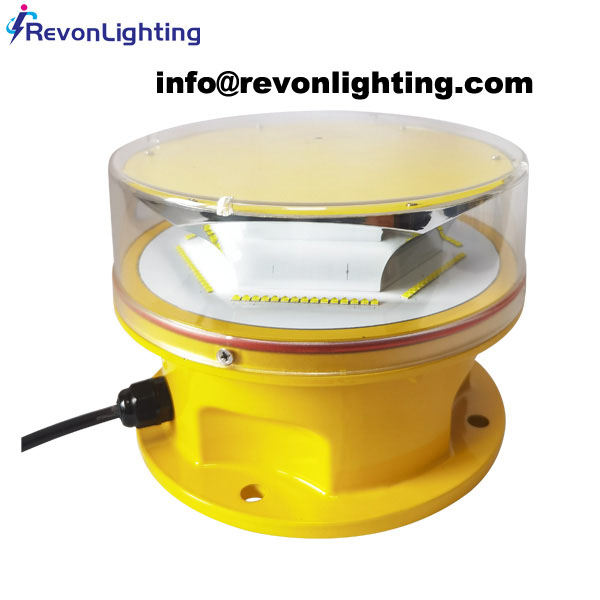Medium intensity aviation lights (MIOLs) are an essential component of aviation safety. They help mark obstacles such as towers, chimneys, and other tall structures that could pose a hazard to low-flying aircraft. In this article, we will explore what MIOLs are, how they work, and their importance in enhancing aviation safety.
What Are Medium Intensity Aviation Lights?
MIOLs are lighting systems used to mark obstacles that could pose a hazard to low-flying aircraft. These include tall structures such as communication towers, power lines, and wind turbines. MIOLs emit a steady red light during nighttime or reduced visibility conditions and white strobe flashes during daytime or good visibility conditions. These lights are typically mounted at the highest point of the structure they are marking, making them more visible to pilots.

The Importance of Medium Intensity Aviation Lights:
MIOLs play a critical role in ensuring aviation safety by helping pilots navigate around obstacles. Without these lights, it would be difficult for pilots to see and avoid tall structures, especially during poor visibility conditions such as fog, rain, or snow. The flashing strobe lights also help alert pilots to the presence of obstacles during daylight hours, allowing them to take appropriate action to avoid them. By improving visibility and reducing the risk of accidents, MIOLs help make air travel safer for everyone involved.
| Medium intensity aviation lights | Medium intensity aviation light |
Regulations Governing Medium Intensity Aviation Lights:
Various regulations govern the use of MIOLs in airport operations. The International Civil Aviation Organization (ICAO) sets out standards and recommended practices for the installation and maintenance of aviation lighting systems globally. In the United States, the Federal Aviation Administration (FAA) has its own guidelines for the use of MIOLs, which detail minimum light intensity, color, and flash patterns, as well as requirements for backup power systems and maintenance procedures.
Compliance with these regulations is essential to ensure that aviation lighting systems are reliable and effective. Failure to comply with these regulations can result in fines, loss of operating licenses, and even accidents. Therefore, it is crucial for airports and other structures to adhere to these guidelines to ensure the safety of air travel.
Conclusion:
Medium intensity aviation lights are a critical component of aviation safety, helping to mark obstacles and make them more visible to pilots. They play an essential role in ensuring safe air travel, especially during poor visibility conditions. By complying with relevant regulations and ensuring the proper installation and maintenance of MIOLs, airports and other structures can help make air travel safer for everyone involved. It is essential to prioritize the use of MIOLs as they provide a standardized way of marking obstacles, reducing confusion and improving consistency in airport operations, thereby further enhancing flight safety.